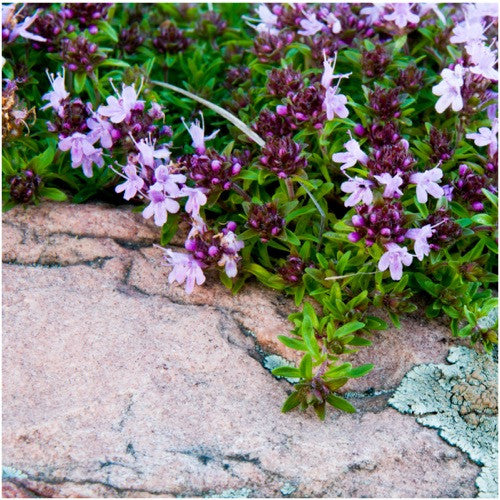

Similarly, chamomile has an aromatic scent that is believed to improve the growth and flavor of cabbages, cucumbers, and onions when grown beside them. Most herbs have been found to enhance the flavor of fruits and vegetables grown nearby, and Basil grown beside tomatoes is an excellent example. Some plants can subtly enhance the flavor of other plants. Interplanting different crops greatly maximizes space and improves productivity in small gardens. Corn provides tall stalks for the beans to climb so that they are not out-competed by sprawling squash vines. The example of planting corn, beans, and squash together applies here again. Some companion plants can physically support each other, reducing the need for staking. By carefully selecting the right ground cover, you can help prevent soil erosion. Rain can also cause severe damage by beating down young seedlings. Strong winds can damage gardens by removing mulch, topsoil, and eroding beds and hillsides. Some plants can provide windbreaks and prevent soil erosion. The tall corn provides shade for the lower squash but also stops the squash vine borer beetle. Practiced by Native Americans thousands of years ago, this garden includes corn, beans, and squash. A good example is The Three Sisters Garden. This results in better products and can also potentially provide pest control. Tall sun-loving plants offer shade to smaller shade-loving plants. Beneficial insects feed on common garden pests, like aphids and caterpillars. Some plants help attract beneficial insects, such as ladybugs, bees, and butterflies, that pollinate and help control harmful bugs. They make insects less likely to land on your garden vegetables. Some plants can emit scents that either repel insects, attract them, or confuse insects or disease organisms in search of their favorite host plants. In essence, companion planting helps bring a balanced ecosystem to your landscape, allowing nature to do its job. What Is Companion Planting?Ĭompanion planting is an organic method of preventing or protecting plants from pests and diseases, attracting the right types of insects for pollination, enhancing nutrient uptake, and increasing crop production simply by growing specific plants near each other. Thyme plants are typically hardy and can be grown in a variety of conditions, including in containers or in the ground. It is often used to flavor meat dishes, soups, stews, and sauces, and is also used for its medicinal properties. Thyme is a member of the mint family and is native to the Mediterranean region. Thyme is a low-growing herbaceous plant with small, aromatic leaves that are commonly used as a culinary seasoning.


 0 kommentar(er)
0 kommentar(er)
